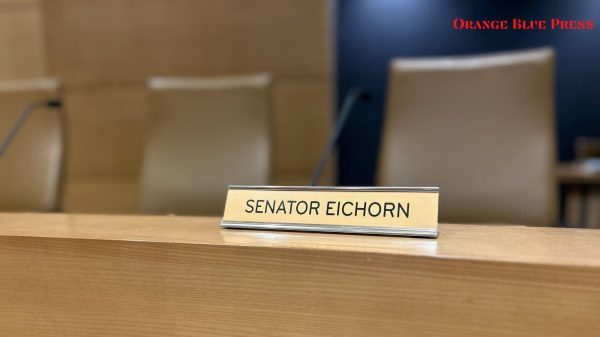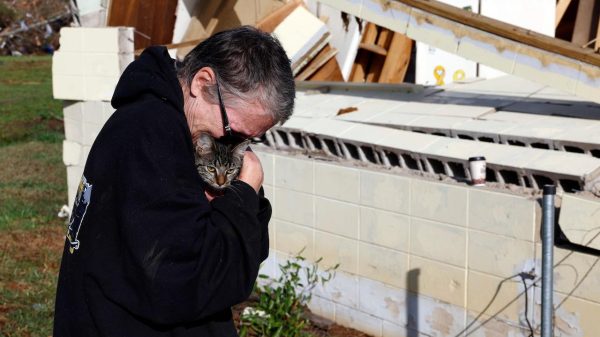In a significant announcement that has sparked both hope and uncertainty, President Joe Biden recently declared the Equal Rights Amendment (ERA) ratified, asserting that it is now the 28th Amendment to the U.S. Constitution. This statement came on the heels of Virginia’s ratification in 2020, which supporters believe brought the total number of states that approved the amendment to the required 38. However, Biden’s declaration faces potential legal challenges, with questions surrounding deadlines and state rescissions lurking in the background.
What is the Equal Rights Amendment?
The Equal Rights Amendment is a proposal that aims to ensure equal rights for all Americans, regardless of sex. Originally proposed as early as 1923, the amendment gained traction and was passed by Congress in 1972. It states that “equality of rights under the law shall not be denied or abridged by the United States or by any state on account of sex.” This straightforward language highlights the push for gender equality throughout the country.
The Legal Bumps Along the Road
Despite the enthusiasm surrounding Biden’s announcement, the journey to officially recognizing the ERA is not without its obstacles. One of the main issues is that the National Archives has indicated the amendment cannot be certified due to concerns about deadlines. The original ratification deadline was set in 1979 and later extended to 1982, a timeline that some argue has now lapsed. There are advocates, such as the American Bar Association, who contend that no time limit exists in the text of the amendment itself, challenging the interpretation of these deadlines.
Biden’s Actions and Their Significance
Biden’s statement pushing for the certification of the ERA as the law of the land comes in the wake of various executive actions he has taken in his final days in office. On January 17, 2025, he declared, “The Equal Rights Amendment is the law of the land.” This declaration has broad implications, hinting at stronger protections for women’s rights, which could be particularly impactful in discussions about reproductive rights and workplace equality.
Voices From Across the Political Spectrum
Supporters of the amendment, including many Democrats and women’s rights advocates, rejoice at the prospect of finally embedding gender equality in the Constitution. For them, Biden’s declaration is a powerful statement of prioritizing equal rights. Senator Kirsten Gillibrand has been an outspoken advocate for this cause, emphasizing the importance of certifying the ERA as an essential milestone for women’s rights.
Yet, opposition to this declaration exists. Some critics argue that the missed deadlines and other procedural issues could undermine its legal standing, potentially leading to prolonged legal battles. The incoming administration, led by former President Trump, may also challenge Biden’s actions, making it clear that the road ahead will not be smooth.
Public Engagement and Support
For young people and citizens keen on supporting this movement for equality, there are several ways to get involved. One effective method is to communicate with local representatives about the importance of the ERA and advocate for its official recognition. Participating in awareness-raising events and educating peers about gender equality can also help foster a community that values equal rights for all.
| Key Dates in the ERA Timeline |
|---|
| 1923 – Equal Rights Amendment first proposed |
| 1972 – Congress passes the ERA |
| 1979 – Original ratification deadline set |
| 1982 – Deadline for ratification extended |
| 2020 – Virginia ratifies ERA, becoming the 38th state |
| 2025 – Biden declares ERA ratified |
As the debate continues, the path towards establishing the ERA as an irrefutable part of the Constitution remains fraught with challenges. However, President Biden’s declaration represents a significant moment in the ongoing fight for equality, showing that, despite the roadblocks, advocates are more determined than ever. With public support and continued advocacy, the hope for true gender equality remains alive and well.




















